Desmophlebium lechleri is widely distributed in the neotropics, from Costa Rica to Peru and Brazil. As you can see here, it has an incredible ornamental potential, which is so far underexplored. Plants can be recognized by an apical segment that is nearly identical to the lateral pinnae, the crowded, straight sori borne at nearly right angles to the costa, and the mostly simple veins that are free almost to the margin, where they join an inframarginal vein.
- D. lechleri – habit
- D. lechleri – leaves
- D. lechleri – sori
- D. lechleri – fiddlehead1
- D. lechleri – fiddlehead2
- D. lechleri – fiddlehead3
- D. lechleri – young leaf1
- D. lechleri – young leaf2
- D. lechleri – young leaf3
- D. lechleri – mature leaf
- D. lechleri – apex
- D. lechleri – abaxial side

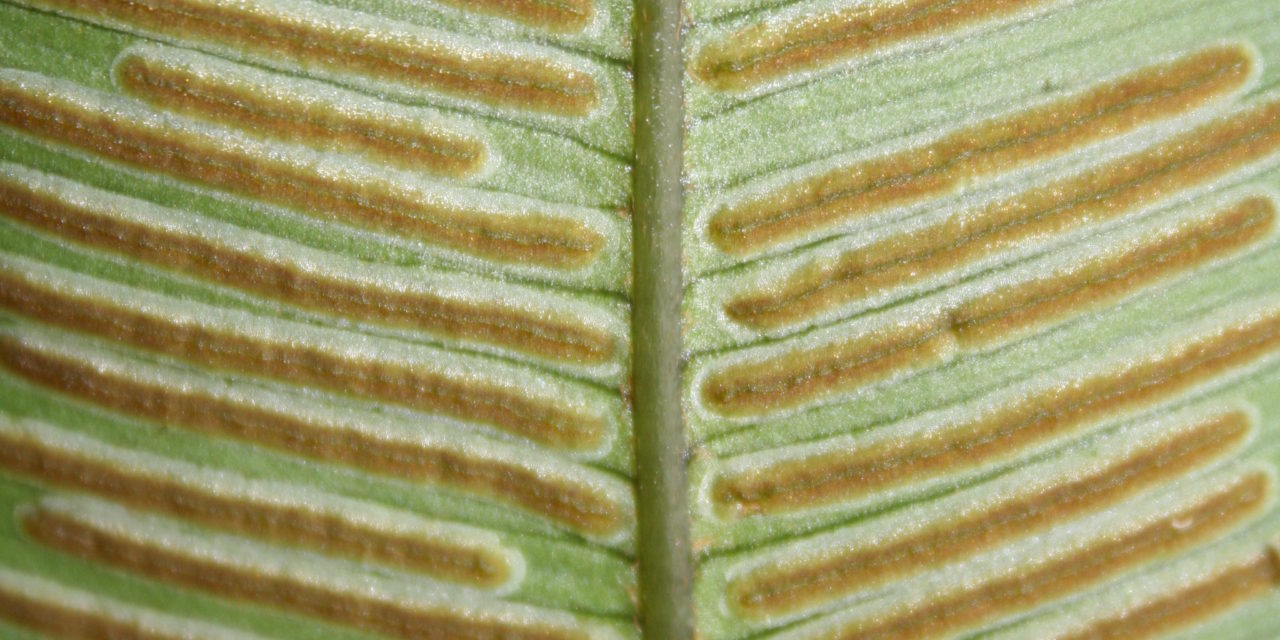
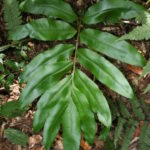
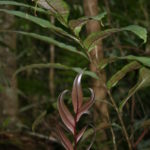
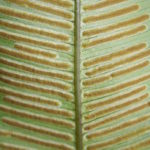
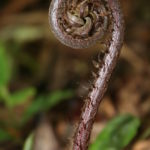
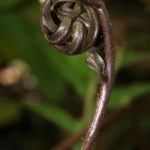
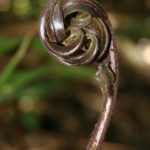
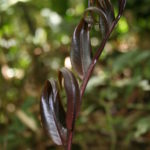
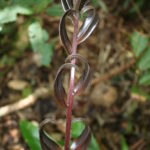
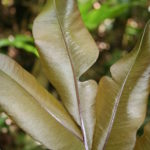
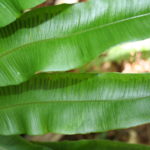
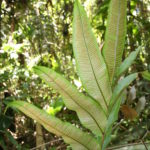
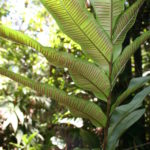

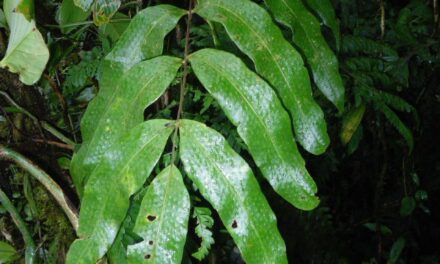
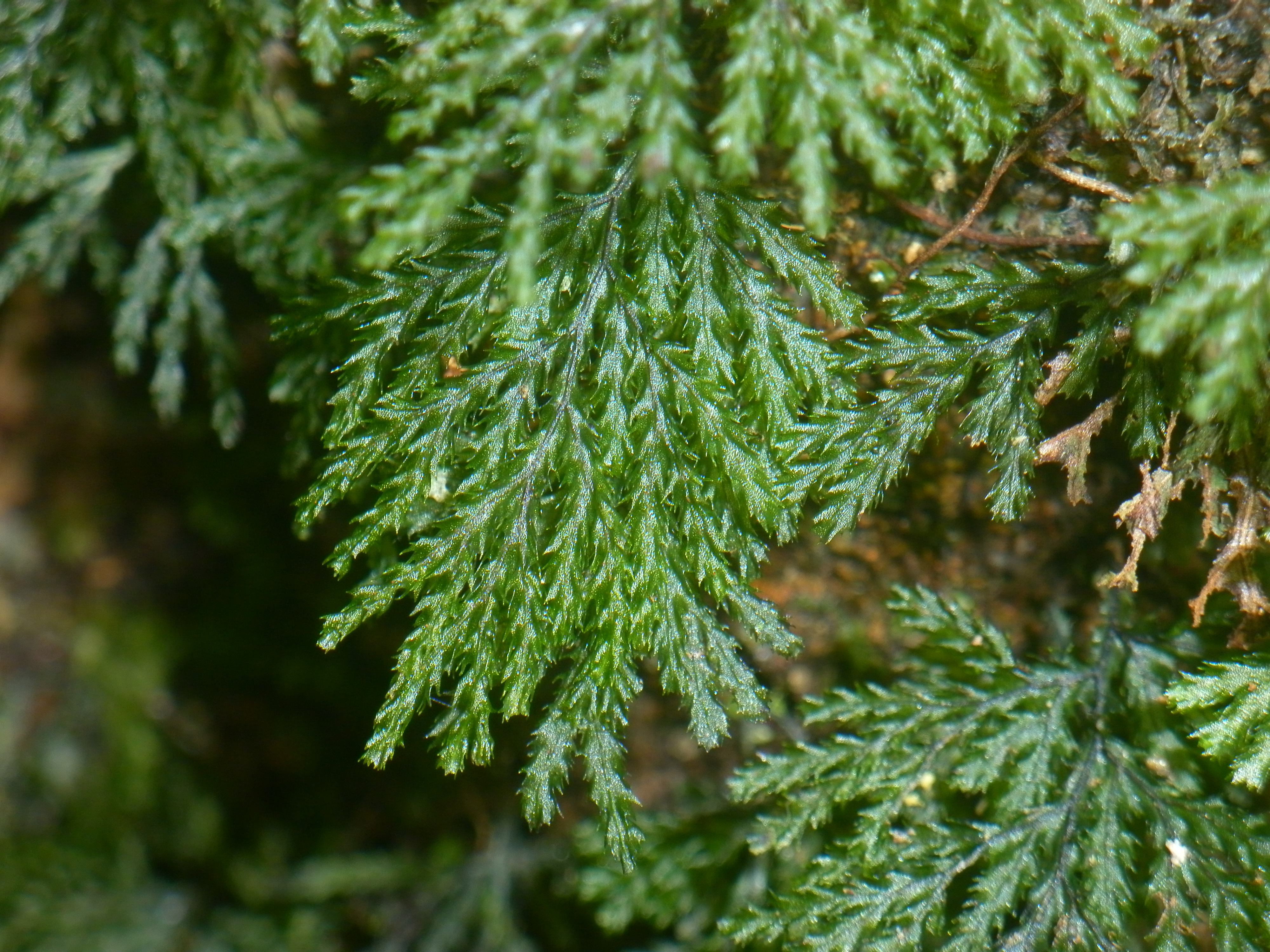
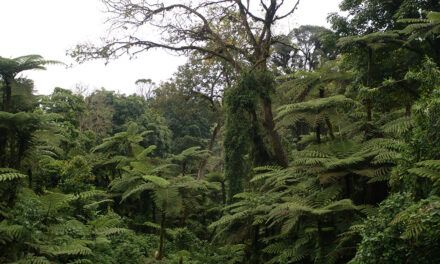
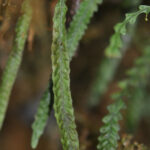
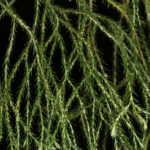
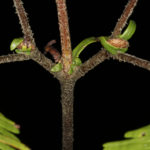
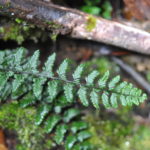
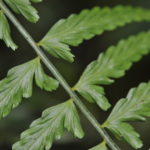
I don’t think that I have seen reddish young leaves in Diplazium before. Have you?
No, I have not. This is the only Diplazium I’ve seen in the field with reddish young leaves. The leaf cutting and marginal veins are also very peculiar. All autapomorphies? I wonder about its position in the phylogeny of the genus…
After seeing these photos of D. lechleri, I really felt that it is a weird guy in this genus, not just because of the reddish leaf, but also the grooveless petioles. Actually, I begin to consider it as other affinity such as Blechnaceae or Hemidictyum. Anyway, this is just my personal opinion
Thanks for your comment. That is a very good observation on the grooves! Does anyone know if Hemidictyum has reddish young leaves?
Sorry,actually, I’m not very familiar with Hemidictyum,because this plant is endemic to the New World.
By the way, I m a student of Prof. Zhang Xian-Chun, I feel really curious about Diplazium species of Neotropics, but little chance for me to get closer to them.
Thank you very much to provide such a excellent website that I can better understand the morphology of the New World’s Diplazium!
I remember an example of the reddish leaves also appear in a Elaphoglossum species which holds a critical position in this genus- E.amygdalifolium. In this case this species is also regarded as weird and reddish leaves are not found in other Elaphoglossum species.Perhaps, similar to the E case, the D. lechleri case also may have some interesting findings.
Thanks for your compliment on the website! I am very glad to hear that the posts are informative /useful to you. We will try to add more species of Diplazium from now on. And I will also post some pictures of that weird E. amygdalifolium with reddish young leaves.
Did not know you were a student of professor Zhang. We met last year at Kew Gardens… Please send him my best regards.
I updated this post to reflect the publication of Desmophlebium in the Desmophlebiaceae